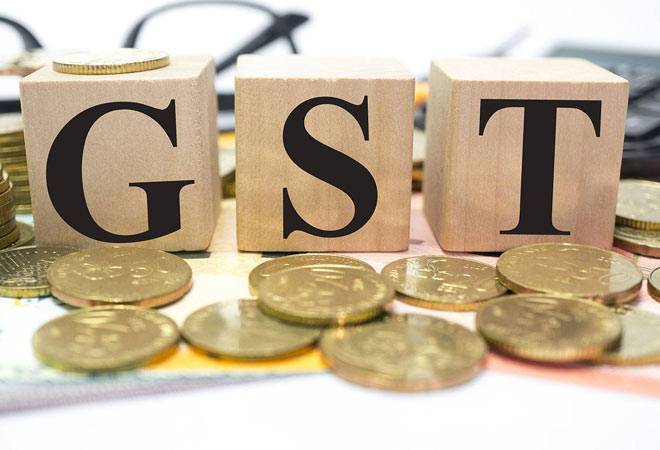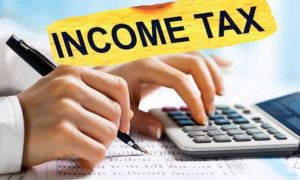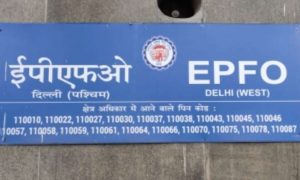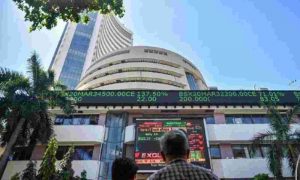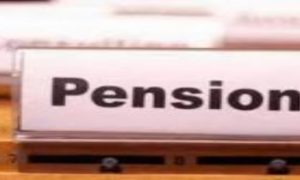Aministerial panel on GST rate rationalisation is considering lowering GST rates on several mass-use items, including medicines and tractors, to 5%. However, the tax on products like cement is likely to remain unchanged. Tractors currently face a 12% or 28% GST, depending on their classification.
To offset the potential revenue loss from reducing GST on tractors, the panel is discussing increasing GST on high-end electric vehicles (EVs) that cost over Rs 40 lakh and are imported, from the current 5%.
Also Read : Noida’s Real Estate On Fire, Under-Construction Property Prices Shoot Up 69%: Report
A reduction in GST on health and term insurance is expected soon. Health insurance could see a reduction from 18% to 12%, while term insurance might be taxed at 5%. There were suggestions to place term insurance in the ‘nil’ rate segment. However, a zero rate would prevent input tax credit for suppliers, making it less attractive. Hence, 5% GST on term insurance seems more likely.
The panel, led by Bihar deputy CM Samrat Chaudhary, might not reduce the number of GST slabs from four to three but is considering moving several items from the 12% bracket to either 5% or 18%. This move is part of a gradual transition to a three-rate structure.
The discussions will be more detailed by the end of the month. The panel on insurance, also headed by Chaudhary, is set to meet on October 19, followed by the rate rationalisation panel’s meeting on October 20. By then, the fitment committee will have worked out the details.
Some state finance ministers within the group of ministers (GoM) support a three-rate structure, while others, like those from Kerala, Karnataka, and West Bengal, prefer the current system. Kerala’s Finance Minister K N Balagopal is particularly hesitant, possibly due to the state’s poor financial situation.
Also Read : New excise policy to come into force from Oct 12
Revenue loss is a key concern for states. Lowering GST on medicines from 12% to 5% could result in an over Rs 11,000 crore shortfall for both the Centre and the states. Health insurance GST contributes over Rs 8,000 crore. The 18% and 28% GST slabs generate the most revenue, with the latter accounting for around 72-73% of collections.
Concerns about cartelisation in certain industries, like cement, are influencing decisions. Cement’s GST rate is likely to remain at 28% due to past issues with price fixing. Revenue considerations will also affect the taxation of items like cigarettes, soft drinks, and packed snacks.

